Stay Patient During Puppy House Training (Strategies)
House training a new puppy can be both an exciting and challenging experience for dog owners. It requires patience, consistency, and a strong bond between the owner and the puppy. The key to success lies in understanding the puppy’s breed, setting realistic expectations, and finding ways to reduce stress and workload for both the pet parent and the furry companion.
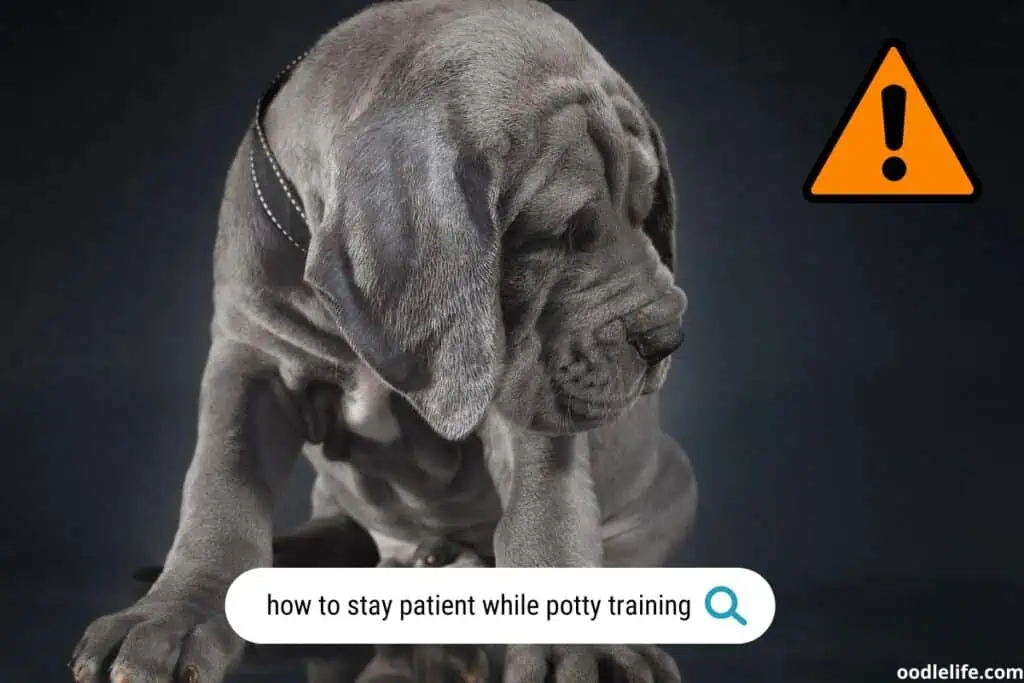
House training is often a test of patience that can last anywhere from four to six months. To stay sane during this process, it’s helpful to remember that puppies are still learning about the world around them and how to navigate it. Just like raising a human child, there are bound to be ups and downs. Keeping a sense of humor and sharing the occasional anecdote will not only help in getting through the process but also make it more enjoyable and memorable.
Establishing a regular housetraining schedule is essential, as puppies have tiny bladders and need to relieve themselves frequently. Incorporating calming techniques such as deep breaths and brief breaks can also help dog owners maintain patience during the house training journey. Always remember that the end goal is not only to have a well-trained dog but also to build a loving and lasting relationship with your four-legged friend.
Foundations of House Training
House training a puppy requires patience, consistency, and dedication. In this section, we will explore two essential components of house training: Establishing routines and feeding guidelines.
Establishing Routines
Like humans, puppies thrive on routines. A structured daily schedule helps your puppy understand when it’s time to eat, play, and eliminate. Implement consistent meal, play, and potty-break times to make the house-training process smoother.
For example, take your puppy outside for a potty break first thing in the morning, before bedtime, and every couple of hours in between. Praise and reward them every time they do their business in the right spot. Eventually, your pup will develop a habit of going outside for their bathroom breaks.
Remember that young puppies have limited bladder control. A general rule of thumb is that they can hold their bladder for one hour per month of age. Avoid setting unrealistic expectations and be prepared for occasional accidents during the house-training process.
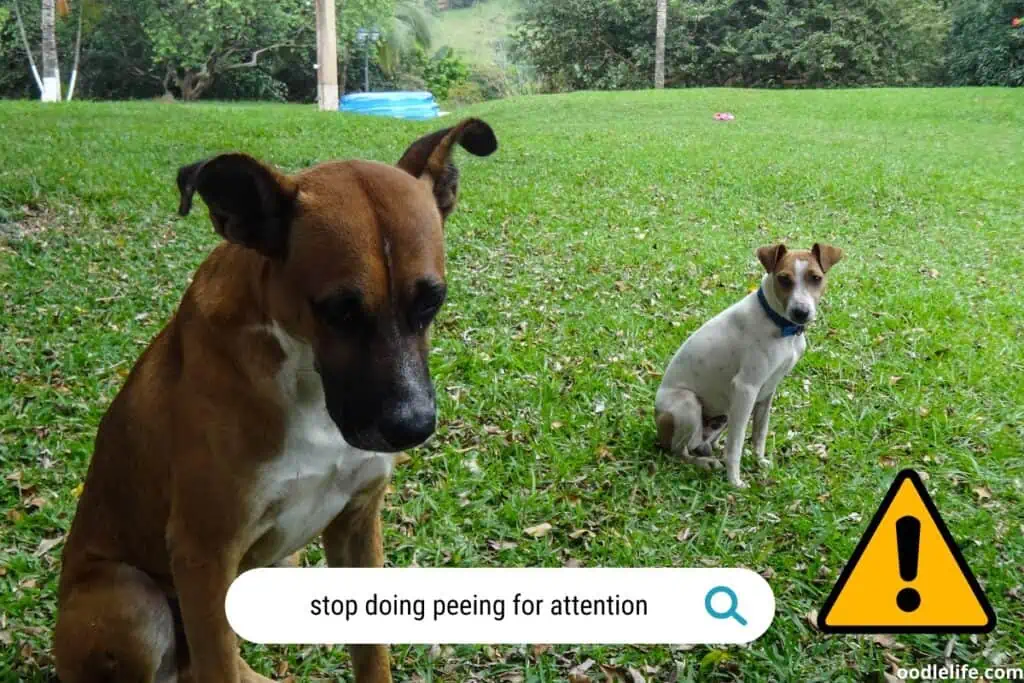
Feeding Guidelines
Monitoring and controlling your puppy’s food intake ensures they stay on a bathroom schedule. This makes it easier to predict when they will need to go outside. To establish good feeding habits:
- Feed your puppy on a consistent schedule, typically 3 to 4 times per day.
- Choose age-appropriate, high-quality food formulated for puppies.
- Remove any uneaten food after 15-20 minutes to discourage grazing.
By following a regular feeding schedule and monitoring portion sizes, you can better predict when your puppy will need a potty break. Taking them outside shortly after mealtime can help prevent accidents, as most puppies need to relieve themselves within 30 to 45 minutes of eating.
In conclusion, establishing routines and setting feeding guidelines are vital components of house training. Stick to consistent schedules, be patient, and keep a sense of humor during this process. Remember, you and your new furry friend are both learning and growing together!
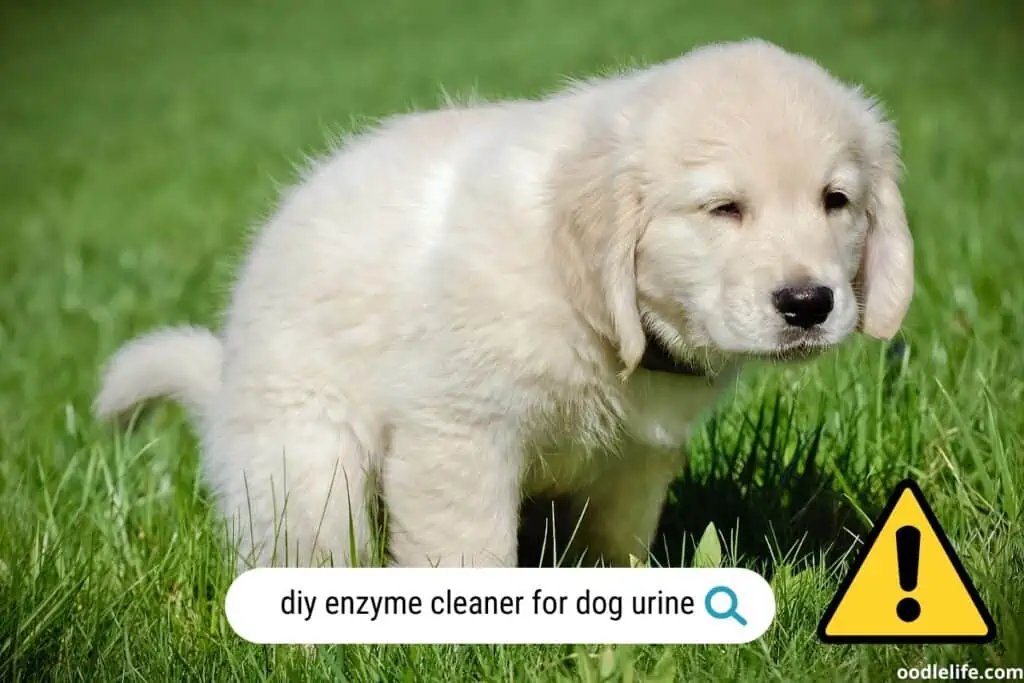
Patience in House Training
Training a puppy requires a great deal of patience, particularly when it comes to house training. Both the owner and puppy need to work in tandem in order to achieve a smooth house training process. Let’s take a closer look at consistency and realistic expectations, two key factors in maintaining patience during this period.
Importance of Consistency
Consistency is crucial in ensuring that your puppy understands the rules and expectations in a timely manner. Whether you opt for crate training or observing close signals, consistency can make the difference between a difficult and seamlessly trained pup.
- Regular Schedule: Make sure your puppy follows a consistent schedule for feedings, naps, and potty breaks. This helps in developing a better understanding of when it is time to “go.”
- Designated Spot: Choose a specific location for your puppy to relieve itself, and always take it there for potty breaks. This will help your puppy associate that particular area with bathroom time.
- Reinforcement: Positive reinforcement works wonders with dogs. Give your pup praise and treats every time it uses the bathroom in the designated spot, helping to solidify the behavior.
Setting Realistic Expectations
Recognizing that puppies are not perfect and will have accidents along the way is vital in maintaining patience during house training. Understanding that it takes time and that setbacks are inevitable will help you keep your composure and work with your pup more effectively.
| Age | Timeframe |
|---|---|
| 8-12 weeks | 4-6 months |
| 12 weeks and up | 3-4 months |
Generally, house training takes anywhere from 4-6 months, with some puppies taking a bit more time. Be prepared for the fact that this process will not be overnight, and remind yourself that Rome wasn’t built in a day – nor was a fully house-trained puppy.
Analogous to learning how to ride a bike, your puppy too will need time, patience, and the occasional Band-Aid (in this case, cleaning supplies) to master the art of house training. By staying consistent and setting realistic expectations, both you and your puppy can navigate this training period with fewer bumps in the road and much more wagging tails.
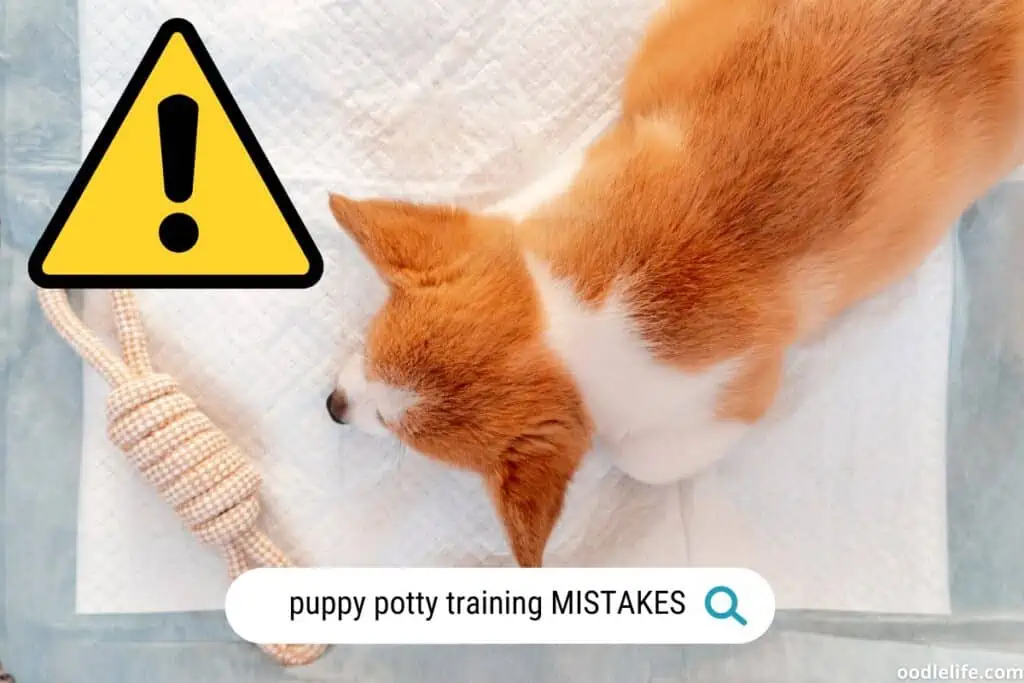
Supervision and Confinement
House training a puppy requires a good deal of patience, especially when it comes to supervision and confinement. In this section, we will discuss some effective supervision techniques and the use of crates or playpens for confinement during the house training process.
Supervision Techniques
One key aspect of house training is close supervision. Keep an eye on your puppy while they explore their environment. This will help you identify signs that they need to go, such as sniffing or circling. When you notice these signals, promptly take your puppy outside to their designated potty area.
Remember, puppies have short attention spans, and a little comedy can help lighten the mood during house training sessions. Try telling a joke or singing a silly song as you wait for your puppy to go – just make sure it won’t distract them too much from the task at hand!
Another useful technique is setting a timer to remind yourself to take your puppy outside regularly. Pups need frequent breaks, so every 30 to 60 minutes is a good starting point. As they grow and develop better bladder control, you can gradually increase the intervals between breaks.
Using Crate or Playpen
When you can’t actively supervise your puppy, a crate or playpen can be a helpful solution. Dogs naturally avoid eliminating in their sleeping area, so providing a designated space can help them to develop better control.
When selecting a crate or playpen, choose one that is just big enough for your puppy to stand, turn around, and lie down comfortably. This will discourage them from trying to use one corner as their bathroom. To make it feel more welcoming, place a comfortable bed, some toys, and a water dish inside.
Introducing your puppy to their crate or playpen can be a fun and rewarding experience if you take it slow and steady. Reward them with treats and praise when they enter and spend time in their confinement area willingly. This will help build a positive association with the space and make it easier for them to settle when left alone.
Balancing vigilance with a touch of humor, and using supervision techniques along with crate or playpen confinement, can make house training your puppy a more enjoyable and less stressful process for both you and your furry friend.
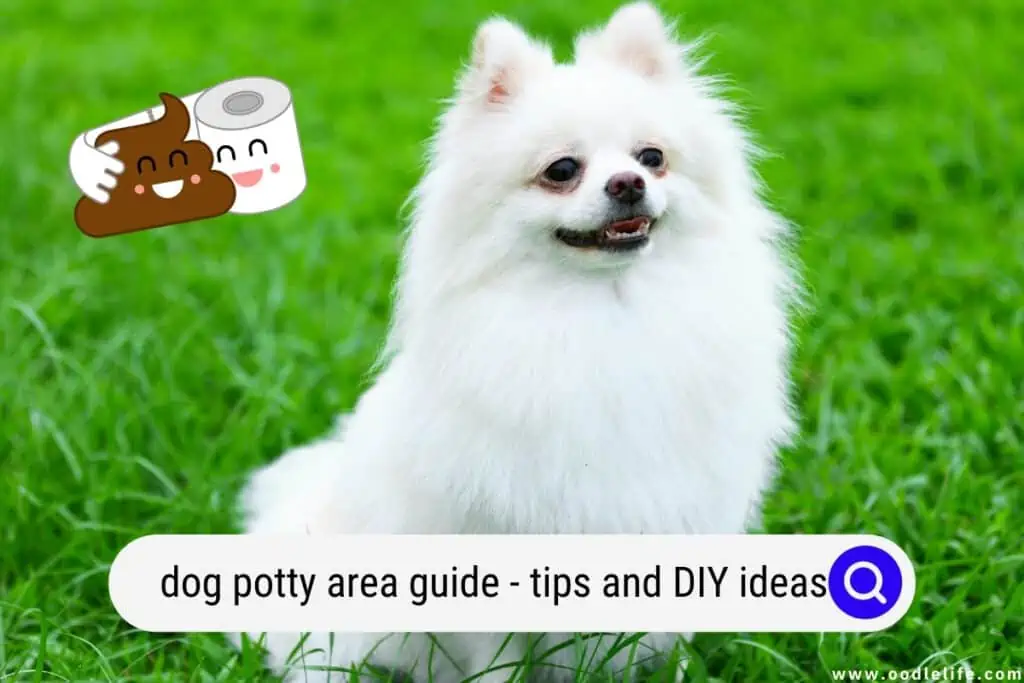
Praise and Reinforcement
Training your puppy in house manners can be a test of patience, but it becomes more rewarding and fun when done positively. This section will detail the importance of praise and reinforcement in achieving successful house training.
Positive Reinforcement
Positive reinforcement training is centered on rewarding your puppy for desired behaviors. Imagine this scenario: your puppy successfully eliminates outside instead of on your living room carpet. In response, you give them a treat, praise, or a favorite toy, all of which are rewarding to them. This positive reinforcement helps them associate eliminating outside with positive outcomes, making them more likely to repeat the behavior in the future.
It’s important to remember that puppies live in the moment. To ensure the effectiveness of positive reinforcement, your response should be immediate, sincere, and consistent. Consistency is key:
- Reward your puppy every time they eliminate outside successfully.
- Use the same command and praise words each time to avoid confusion.
- Be prepared with treats or toys so you can respond quickly to your puppy’s good behavior.
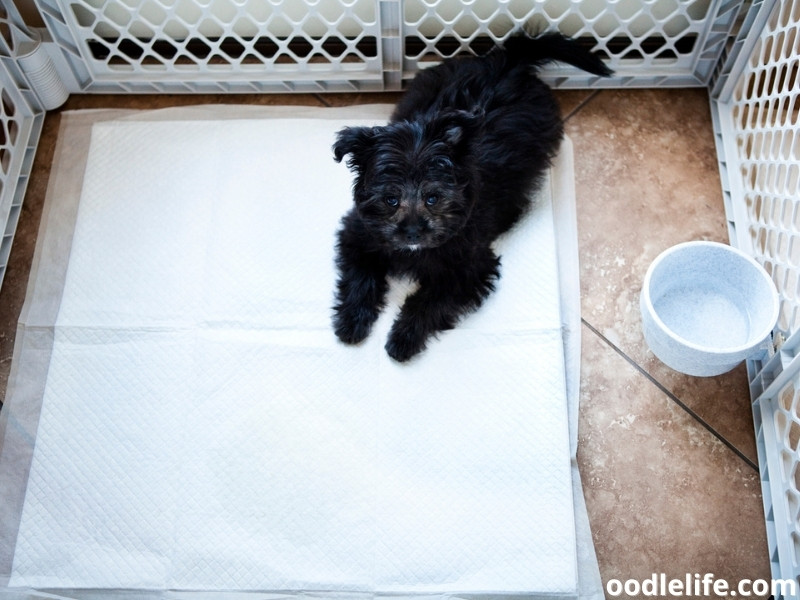
Avoiding Punishment
When house training your puppy, it may be tempting to resort to punishment for unwanted behaviors inside the house. However, punishment can have adverse effects on both the house training process and the bond you share with your puppy.
Here’s why:
- Punishment can make your puppy fearful or anxious, which might lead to unwanted behaviors, like submissive urination or hiding from you.
- A scared or confused puppy can struggle to learn house training, making the process longer and more frustrating for both of you.
- Punishing your puppy for accidents after the fact won’t help them understand what they did wrong, and they’ll most likely repeat it.
Instead of punishment, focus on setting clear boundaries, providing consistent positive reinforcement for desired behaviors, and patiently working through the learning curve. Remember, humor, anecdotes, and analogies can also help you stay patient during this crucial phase in your puppy’s development.
Dealing with Accidents
Accidents are a normal part of house training a puppy, so it’s essential for pet parents to stay patient and understanding during this process.
Effective Cleanup
When an accident occurs, cleaning it up promptly and thoroughly is crucial. Not only does it keep your living space sanitary, but it also helps reduce the likelihood of the puppy returning to the same spot to eliminate again. Consider using an enzymatic cleaner specifically designed for pet accidents to break down the organic matter left behind.
It’s also essential to remove any lingering odors to discourage future accidents in that area. Proper ventilation, cleaning products that neutralize odors, and avoiding ammonia-based products can all help achieve this goal.
Learning from Mistakes
Instead of losing patience or punishing your puppy for accidents, use them as opportunities to learn and reinforce positive behavior. When you notice your puppy showing signs of needing to eliminate, such as sniffing at the floor, scratching at the door, or whining, guide them to their designated outdoor potty area.
Remember to praise and give treats when they successfully finish their business outside, reinforcing the proper behavior. In the case of an indoor accident that you didn’t catch in time, it’s crucial to stay calm and not to punish your puppy as it can create fear and confusion.
By maintaining a sense of humor and keeping a positive attitude, house training your puppy can become a bonding experience rather than a source of frustration. Patience, consistency, and understanding are key ingredients to make this process smoother and ultimately successful.
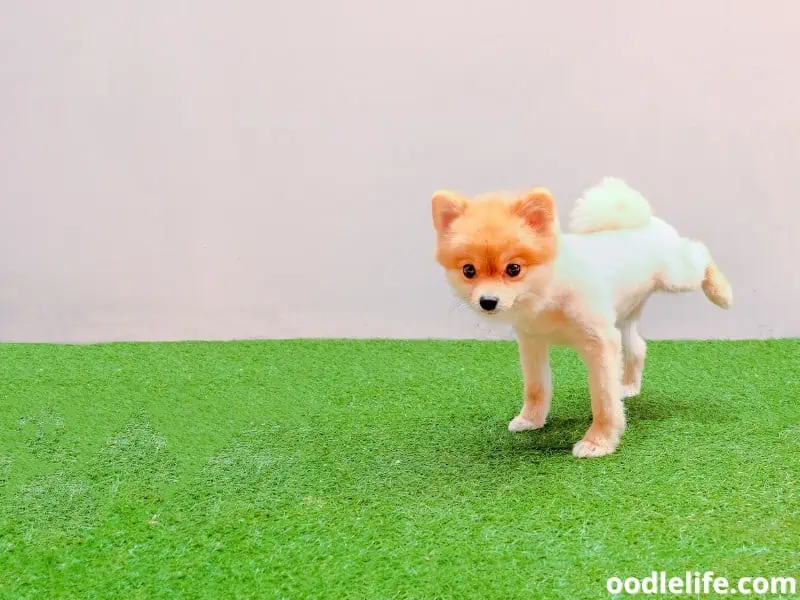
Progress Tracking
Tracking your puppy’s house training progress can help you stay patient and consistent during the process. By understanding their daily routine and keeping a record of their successes, you’ll have a clearer picture of their progress and be better equipped to assist them in their journey to becoming fully house trained.
Noting Successes
One way to keep track of your puppy’s house training progress is by using a potty log. A potty log can be as simple as a sheet of paper taped to the refrigerator or a whiteboard where you can note your puppy’s successes and the times they’ve eliminated outside. This not only helps keep you organized but also helps you identify patterns in your puppy’s behavior, enabling you to anticipate their needs and prevent accidents.
Be sure to mark successes, such as:
- Number of successful outdoor potty trips
- Length of time between potty breaks
- Instances where your puppy alerted you before needing to go outside
Staying Encouraged
It’s important to stay patient and positive during the house training process. One way to maintain a positive mindset is to focus on the progress your puppy has made rather than dwelling on setbacks or accidents. Celebrate small victories and acknowledge the effort both you and your puppy are putting into the training process.
Sharing your puppy’s progress with friends, family, or even on social media can provide additional encouragement and support. You may find that connecting with others and sharing stories, tips, and advice can provide a sense of camaraderie, making the process more enjoyable and less daunting.
Remember that house training is a journey that requires time, patience, and consistency. By tracking progress, staying encouraged, and celebrating small victories, you and your puppy will conquer this important milestone together.
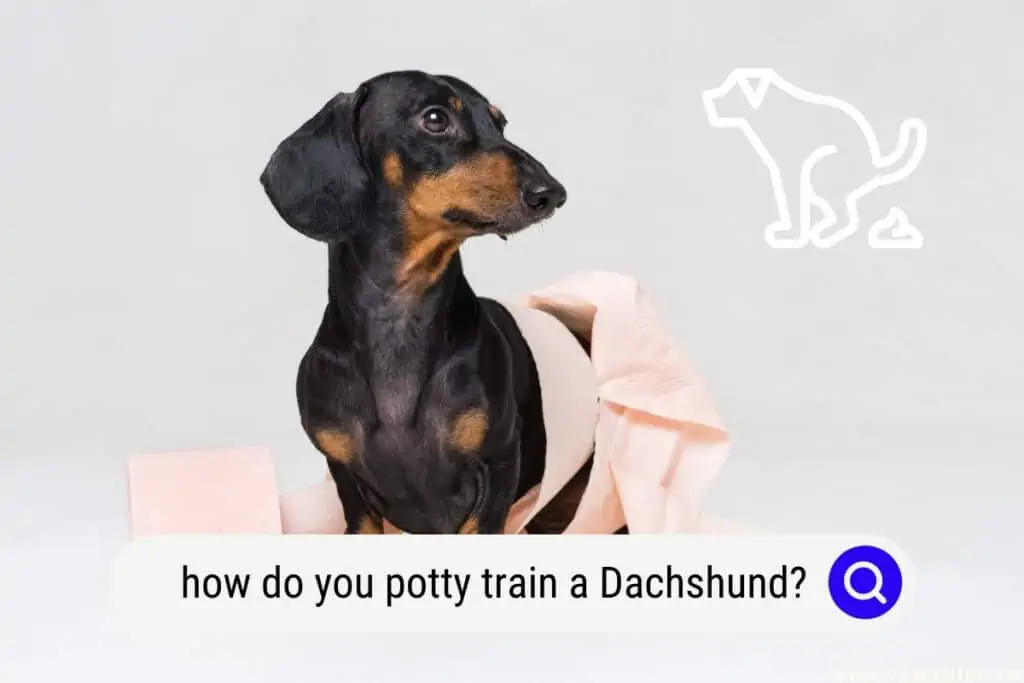
Conclusion
House training a puppy requires a delicate balance of patience, perseverance, and understanding. It’s essential to remain calm and collected in the face of accidents, as frustration can only hinder progress.
Remember, consistency is key, and incorporating a sense of humor will help make the process more enjoyable for both you and your furry friend. So take a deep breath, stay persistent, and soon enough, your puppy will be a potty-trained pro!